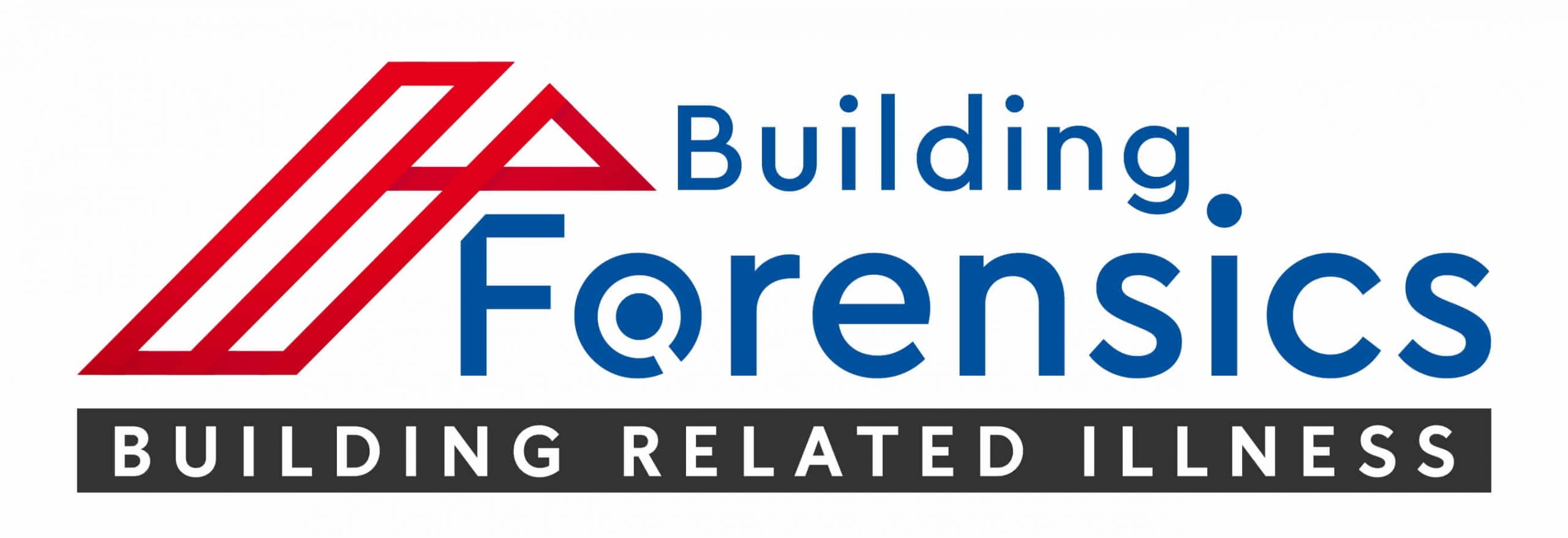Robotics & AI
Key Considerations in AI and Robotics-Assisted Investigations:
Cost vs. Scope Decision: The integration of AI, robotics, and parallel sequencing into environmental health investigations heralds a transformative shift in how we approach the detection and analysis of environmental contamination and causation. This fusion of technologies enables a level of precision and efficiency previously unattainable, marking a significant leap forward in environmental health sciences.
Precision and Efficiency
Customizable Levels of Analysis
Budgetary Constraints and Needs Adaptation
Maximizing Resource Utilization
Conclusion
The integration of AI, robotics, and parallel sequencing into environmental health investigations represents a paradigm shift in our ability to understand and respond to environmental health threats. By offering customizable levels of analysis, these technologies ensure that investigations can be tailored to meet specific needs and budgetary constraints, optimizing resource utilization and maximizing the impact of environmental health research. This approach
not only enhances our capacity to identify contamination and causation with unprecedented precision but also ensures that the benefits of such investigations are accessible to a wider range of organizations, ultimately contributing to the protection of public health and the environment.

Maximizing Resource Utilization
Conclusion
The integration of AI, robotics, and parallel sequencing into environmental health investigations represents a paradigm shift in our ability to understand and respond to environmental health threats. By offering customizable levels of analysis, these technologies ensure that investigations can be tailored to meet specific needs and budgetary constraints, optimizing resource utilization and maximizing the impact of environmental health research. This approach
not only enhances our capacity to identify contamination and causation with unprecedented precision but also ensures that the benefits of such investigations are accessible to a wider range of organizations, ultimately contributing to the protection of public health and the environment.

